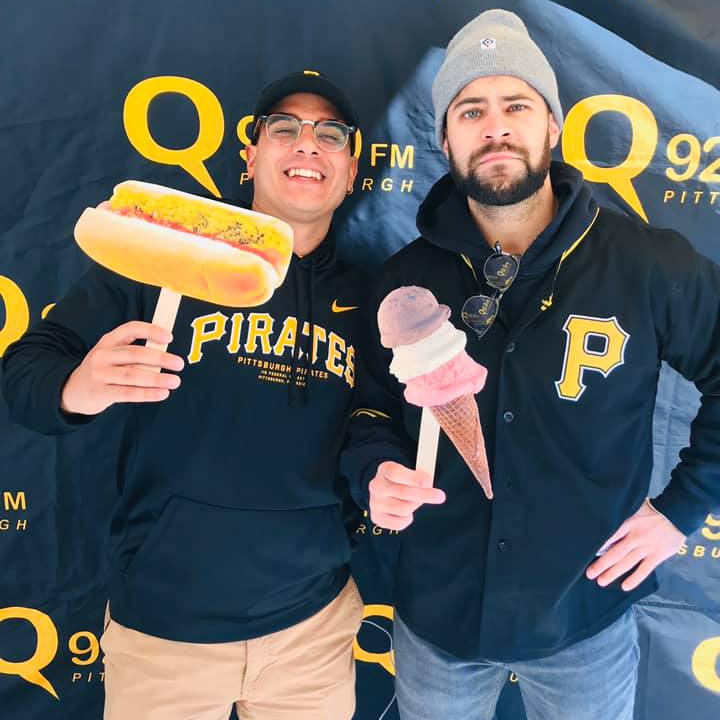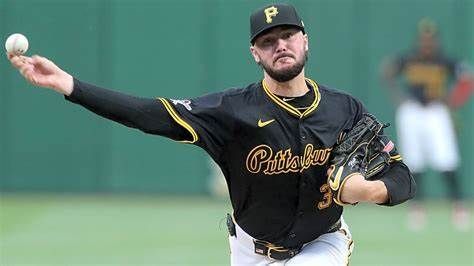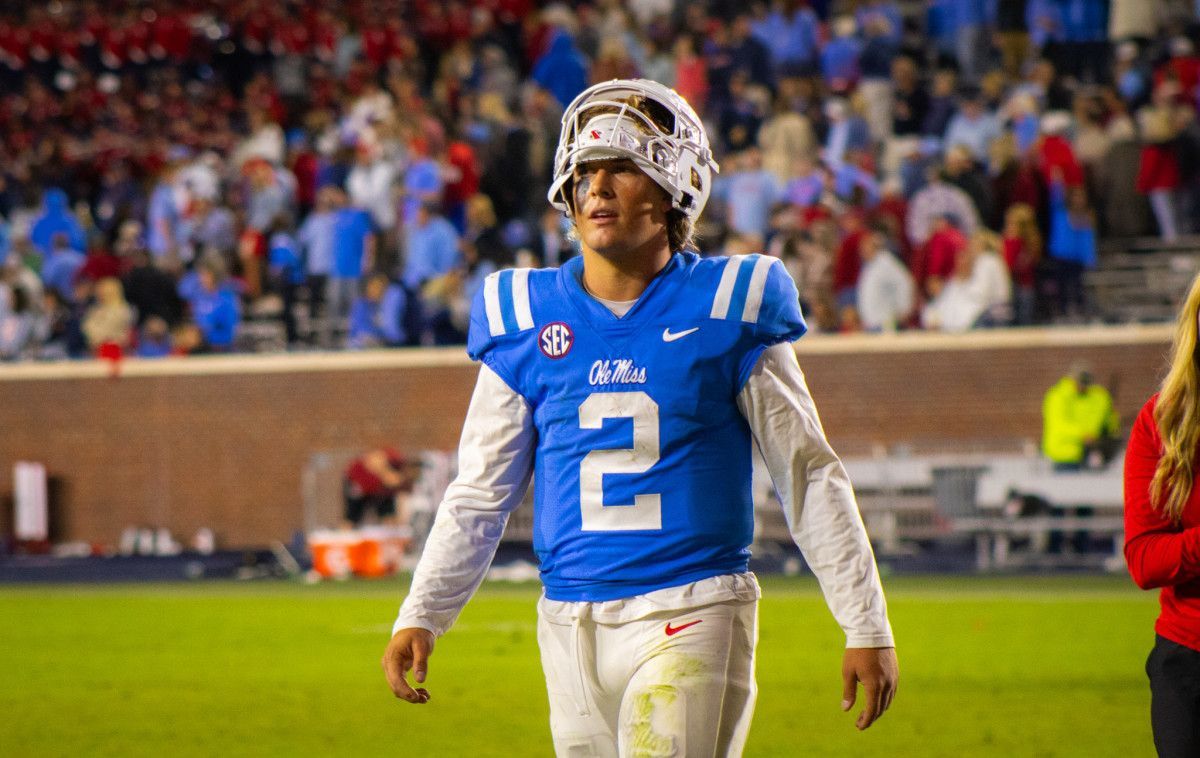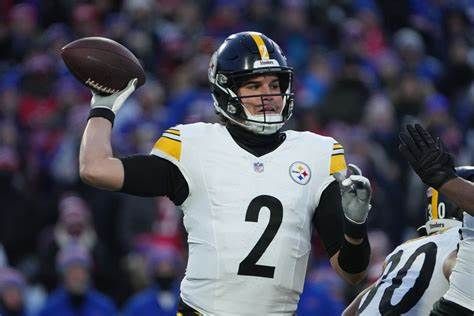75 Years Ago, in Pittsburgh Sports
Story by Yinzer Crazy Contributor Harv Aronson. Contact Harv @ Totalsportsrecall@gmail.com
75 years ago, the year was 1949 and as the end of 2024 is fast approaching, let’s look back at what 1949 brought to the city of Pittsburgh in the world of sports.
As the NFL is the king of major sports leagues these days, 75 years ago baseball was truly America’s pastime. In 1949 the Pittsburgh Pirates were 24 years removed from their last World Series triumph that was won in 1925 and 23 years since their last Major League Baseball championship appearance. In 1927 the “Murderer’s Row” New York Yankees swept the Bucs in that season’s World Series.
Following the 1949 season, 11 more years would pass before the Pirates reached the World Series again and, in that season, they would get revenge on the pinstripes in the most dramatic fashion as Bill Mazeroski smashed a walk off home run to win the 1960 World Series.
The Pirates official logo has changed many times over the years but in 1949 they were represented by a black and white drawing of a Pirate with the words underneath that simply said, “The Pirates.” The 1949 season was led by manager Billy Meyer and the Bucs finished in sixth place in the National League at a time when there were no divisions and just the pennant winner, the team that finished first in each league.
The Pirates were playing their home games at old Forbes Field and despite their final losing record of 71-83, Pittsburgh had the second-best attendance in the N.L. with 1,449,435 fans pouring through the gates that year. The 1949 season opener saw the Pirates defeating the Chicago Cubs at home 1-0 on April 19. The final game of the season was a loss to the Cincinnati Reds in the second game of a doubleheader by a score of 6-5.
What was a common occurrence back in the day that hardly exists anymore are doubleheaders. Growing up in Pittsburgh I’ve been to several and they were fun to attend. Now they are essentially a thing of the past. In 1949, the Pittsburgh Pirates played in an incredible 16 doubleheaders during that season. As for who was on that roster in 1949, the Bucs biggest star was Ralph Kiner naturally. The home run hitter even had his spot in the left field at Forbes Field that earned the nickname “Kiner’s Corner.”
In 1949 Kiner batted .310 and hit 54 home runs. He added 127 RBIs, 116 runs, and swatted 170 hits. Wally Westlake tried to keep pace hitting .282 with 23 home runs, 104 RBIs, 24 doubles to lead the team, and added eight triples that also led the club. Other notable players on the team in 1949 included Johnny Hopp who had a batting average of .318 and a second baseman named Danny Murtaugh.
Murtaugh would become more famous after being named manager of the team as he led the Pirates to two World Series titles in 1960 and 1971. The 1949 pitching staff was made up primarily of Bill Werle who led the team in strikeouts with 106 but posted a losing record of 12-13. Cliff Chambers posted a winning record of 13-7 and struck out 93 batters. Bob Chesnes also had a losing record of 7-13, as did Marty Dickson (12-14).
However, Rip Sewell won six of seven decisions from the mound and was more famous for his “eephus” pitch, a high arcing pitch that many batters had trouble getting the bat on the ball. Not so for the legendary Ted Williams who in the 1946 All-Star game faced Sewell and hit the pitcher’s eephus pitch into the seats for a home run. The Pittsburgh Pirates 1949 season saw the team win 36 games at home and lose 41, and on the road, they were 35-42.
On the gridirons of the National Football League, the Pittsburgh Steelers also had logo changes and since their inception in 1933 they had yet to experience a playoff season. Taking the field in 1949 it would be 23 more years until they had a playoff game which has infamously become the “Immaculate Reception” game of 1972. John Michelosen was the head coach in 1949, and he did get the team to a winning record of 6-5-1.
The Steelers’ line coach in 1949 was the future head coach Walt Kiesling and Mike Nixon served as backfield coach. Forbes Field was shared as the home venue with the Pirates where the Steelers would win three of five games that season with one tie.
The season began with a victory over the New York Giants 28-7 at Forbes Field. After a loss to the Washington Redskins, Pittsburgh ran off three straight victories over Detroit, the Giants again, and the New York Bulldogs. The one tie on their record came in their game with the Los Angeles Rams. The 1949 season saw the Steelers suffering losses in some lopsided games as well losing to the Eagles 38-7 and then again 34-17 but also to the Packers 30-7.
These days the Pittsburgh Steelers hold training camp in Latrobe at St. Vincent’s College. In 1949 they found themselves holding their summer sessions at Alliance College in Cambridge Springs, Pennsylvania. An exceedingly small school, their highest enrollment came in 1968 with just 629 students. Because of declining enrollments, the school closed its doors in 1987 after a student total of just 133 in 1986. The site of the school is now the grounds of the State Correctional Institution at Cambridge Springs which houses only women convicted of crimes.
The official Steelers logo had not yet been developed to what it is today but as for the players of the 1949 Steelers, the team’s Most Valuable Player was without doubt Joe Geri. Geri did it all. He was the team’s primary quarterback throwing 77 passes with 31 completions good for 554 yards. Geri added five touchdowns and was intercepted an equal number of times. Bob Gage also filled in under center with 36 passes, 17 completions, two touchdowns, and four interceptions. Even rookie Jim Finks got in on the action as he worked his way towards becoming the franchise QB, something he accomplished after being named the starter in 1952. Finks would eventually land in the Pro Football Hall of Fame.
In 1949 Pittsburgh’s leading ground gainer was Jerry Nuzum who had 139 attempts in running with the ball and he finished the season with 611 yards. He did fumble the ball away five times, but he also scored five times. Joe Geri was not just a threat in the air but on the ground as well. He would run with the ball 133 times in 1949 and gain 543 yards reaching the end zone the same number of times as his teammate Nuzum. Geroge Papach was also a running weapon getting 407 yards total on 99 attempts.
When the quarterbacks were airing it out, they found Val Jansante 29 times for 445 yards and four touchdowns. Elbie Nickel, one of the great Steelers of all-time caught 26 passes for 633 yards and three scores. When it came to returning punts that responsibility fell on the shoulders of Bob Gage who had 16 returns for 390 yards or a 24.4 yards per return average. On kickoff returns it was Bob Hanlon with 11 returns and a 19.4 per return average.
Offensively, the kick was Joe Glamp who only made six field goal attempts and missed all but one. Joe Geri also added a successful field goal. As indicated Geri was probably the team M.V.P. as he also punted much like the great Sammy Baugh had done with Geri placing 43 punts in the air for a 43.2 average.
The Steelers were not the only football action seen in town in 1949. The University of Pittsburgh Panthers won as many games as their professional counterparts did that year. In nine games Pitt won six. Walter Milligan was the head coach and was in his final season of a three-year campaign as Panthers coach. His first season was poor, winning just one of nine games, but the next two seasons saw improvement with back-to-back six-win seasons.
Pitt won the first four games in 1949 beating William & Mary, Northwestern, West Virginia, and Miami (Ohio). With a 4-0 record they were wiped out by Indiana University 48-14 and then lost a close game to Ohio State 14-10. The University of Minnesota shut down Pitt 24-7 and the season closed with a victory over bitter rival Penn State by a score of 19-0.
Home games were played at the old Pitt Stadium. Pitt’s quarterback that year was Bob Brennen, and the leading scorers were Jimmy Joe Robinson with seven touchdowns and Louis Cecconi who scored six times. Also in town were the Duquesne Dukes who had a reversal of the Panthers’ record at 3-6. Phil Ahwesh was the head coach, and he had no chance with his squad when they went up against powerful University of Georgia who shut out the Dukes 40-0. Another powerhouse in Clemson won 33-20 although Duquesne kept that game closer. Villanova tossed a shutout at Duquesne winning 20-0 and the University of Alabama embarrassed the Dukes with a 48-8 final.
Duquesne’s three victories came against Holy Cross (40-14), Muhlenberg (14-6), and St. Louis University (51-14). We can’t forget about Carnegie Mellon University in Pittsburgh as they too had a season to play in 1949. CMU finished their season 4-3-1 that was highlighted by a big victory over Buffalo State University 39-16 but an awful defeat at the hands of Washington & Jefferson with a final score of 62-0.
There have been some incredibly famous professional boxers who called Pittsburgh home first and foremost Billy Conn. Conn retired in 1948 but was very much alive in 1949. “The Pittsburgh Kid” as he was known is famously known for nearly defeating the great Joe Louis. Conn lived his entire life in the ‘Burgh eventually passing away there in 1993 at the age of 75.
There were other boxers, however active in 1949 who called the Steel City home. Fritzie Zivic was about as famous as Conn and had two fights in 1949 which would be the final bouts of his career. Both fights were held in Georgia, and both were victories for the former world champion. Zivic defeated Al Reid on January 12, 1949, and then just five days later won another fight by decision beating Eddie Steele at which point he retired after an incredible 233 fights in a career that began in 1931 with a TKO victory over one Al Rettinger in the first round. The fight took place at the Motor Square Garden in Pittsburgh.
Zivic fought in several arenas around Pittsburgh including Kapphan’s Arena, Hickey Park in Millvale, Meyers Bowl in North Braddock, the Northside Arena, the Moose Temple, the Moose Lodge, Duquesne Gardens, Palisades Rink in McKeesport, and Forbes Field. Fritzie Zivic had four other fighting brothers (Pete, John, Eddie, Jack) and was of Croatian (father) and Slovenian (mother) descent. Zivic resided in Lawrenceville and passed away in Aspinwall in 1984. He was laid to rest in St. Nicholas Cemetery but is a member of the International Boxing Hall of Fame.
One other boxer of note is Charlie Burley who resided in Bessemer, Pennsylvania outside of Pittsburgh. His home can be found in Lawrence County, and he had a lengthy career and in 1949 defeated Willie Wright at none other than the Zivic Arena in Millvale. That fight was in July, but Burley also fought on April 3 in New Orleans defeating Charley Doc Williams by decision. Burley passed away on October 16, 1992.
When Bruno Sammartino came onto the scene in Pittsburgh as a professional wrestler, he established an amazing career in the pro wrestling entertainment world as a world champion and household name. He put the city of Pittsburgh on the map for pro wrestling and was a major part of the show “Studio Wrestling” hosted by Pittsburgher Bill Cardille that became immensely popular.
Long before Sammartino established his legacy and career, 1949 saw wrestling matches being held at the Penn-Beaver hotel in Rochester, Pennsylvania, another suburb of Pittsburgh. At one such event, Fritzie Zivic was on hand to watch. One of the wrestling stars of the day was a man who went by the name “Chief Don Eagle.” He hailed from Canada but took part in events in Pittsburgh. Wrestling events also took place at Rochester High School, as hosted by the Beaver Valley Lodge No 4 of the Fraternal Order of Police. Some of the other wrestlers joining Chief Don Eagle were Ivan Rasputin, Ali Pasha, and Frankie Talaber. Eagle was 23 years old at the time.
There you have it. 75 years ago, what took place in sports in Pittsburgh. This year has shown that not much has changed in Pittsburgh. As we have diehard sports fans today cheering on the Steelers, Pirates, Penguins, Pitt Panthers, Duquesne Dukes, and CMU Tartans, Robert Morris College also gets attention for their sports programs. Pro wrestling as it is today garners worldwide attention and is still popular in Pittsburgh, I’m sure. There are some boxers of recent years hailing from Pittsburgh including Paul Spadafora who was a former champion. Another boxer, Eddie Chambers, is also from Pittsburgh. Pittsburgh fighters have even ventured into the world of Mixed Martial Arts, most notably Khama Worthy.




